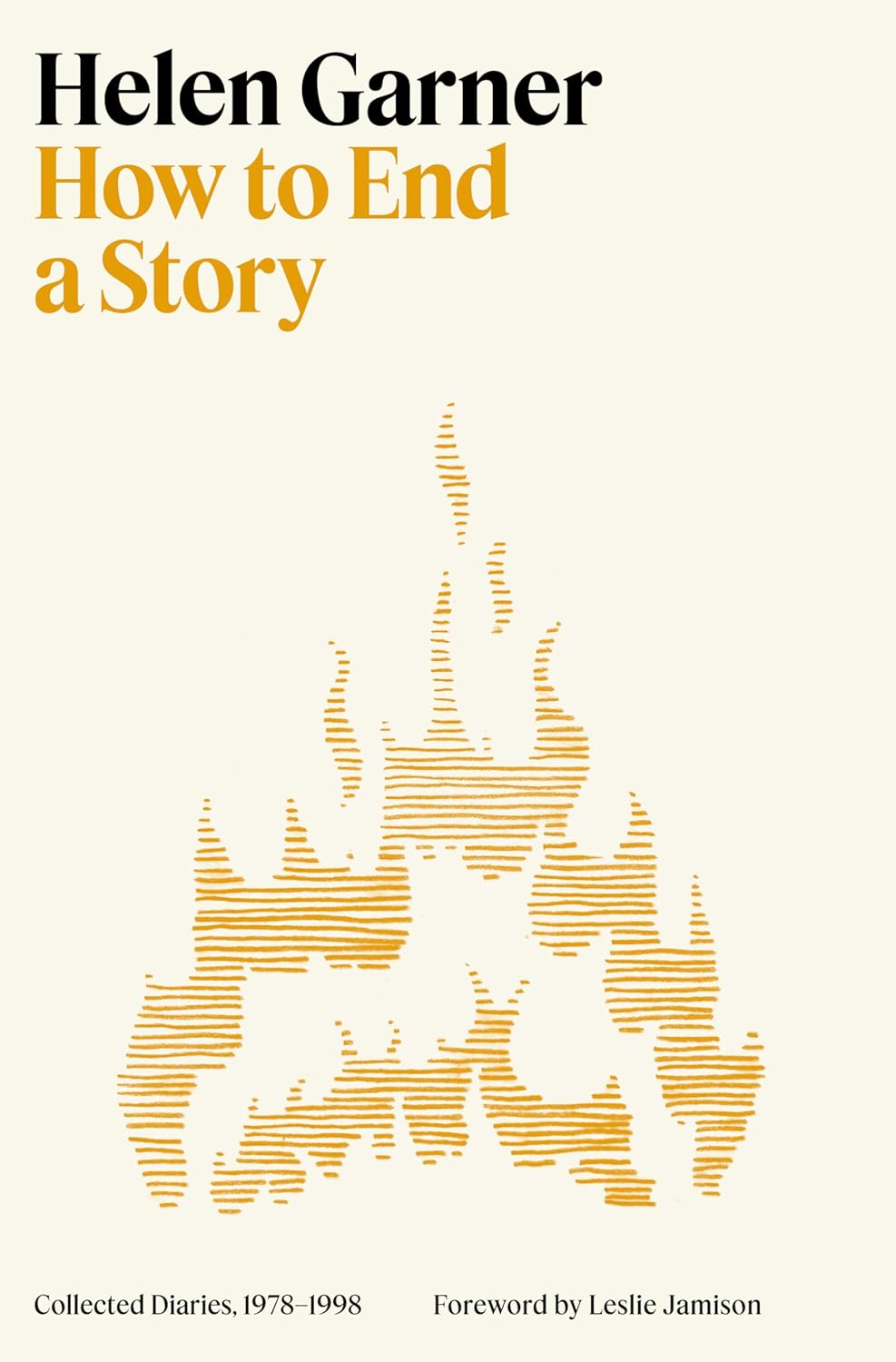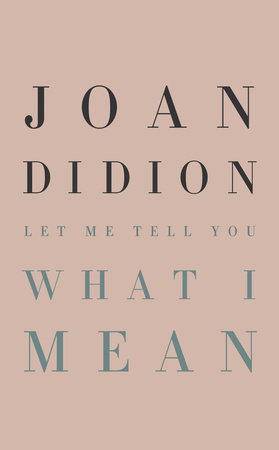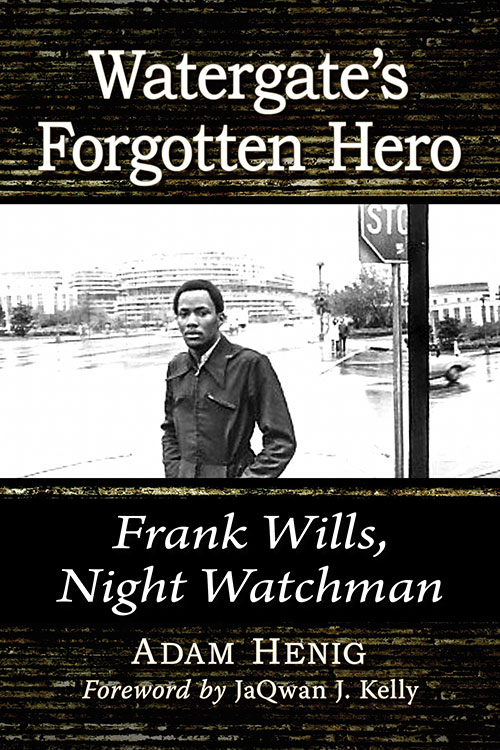How to End a Story: Collected Diaries, 1978-1998
- By Helen Garner
- Pantheon
- 832 pp.
- Reviewed by Amanda Holmes Duffy
- April 3, 2025
A stellar introduction to an author more Americans should know.

“The only way I can go on keeping a diary,” writes Helen Garner, “is to conceive of it as a record of the soul. As if it were in the presence of God, who is never fooled.” This spirit permeates How to End a Story, her remarkable 800-page tome and the most bingeworthy read since Karl Ove Knausgaard’s My Struggle.
Garner’s diaries were published in her native Australia as three separate books. I read the last one in Sydney a few years back. Now, for American readers, the diaries are available in a single volume under the title of the third Aussie installment.
Garner’s honesty and her refusal to take things at face value, even when she cannot see what’s right before her eyes, give her work enormous power. What I hadn’t registered until this reading is that her exploration since the 1970s of the blurred lines between fiction and nonfiction paved the way for autofiction.
“How we fight tooth and nail, against gaining real insight, against letting go of what makes us suffer,” she observes in the early pages. This tooth-and-nail fight means those in her personal life sometimes find her difficult, hypersensitive, too big to handle. There’s truth, she admits, to the observation made by a man in her life:
“I didn’t need him enough...I barged straight through him.”
Because of this, people want to cut her down to size. She gets harsh criticism from many in her orbit. But she emerges in these diaries as a woman with an enormous capacity for drawing people out. One friend remarks after a conversation that “she didn’t regret anything she’d said, it was rather that she’d said things she hadn’t known she thought or felt.” Another friend “confesses to something I don’t even want to write down. ‘Nobody knows. You’re the only one.’”
She has an ear for dialogue and for pithy observations. I found myself madly scribbling things down as I read. She thrives on the chaos of family life. She needs gardening, dancing, music, and friends to produce her best work.
The diaries begin a year after Monkey Grip, the 1977 novel that launched her career. They take us through the writing process of The Children’s Bach, published in 1984. She thinks she lacks sufficient skill as a writer and worries her subjects are too small. We get both the fallout and the notoriety from 1995’s The First Stone, a nuanced examination of a university sexual-harassment case. While some praise her evenhandedness, she faces backlash from feminists who prefer their truth in absolutes.
But nobody is harder on Garner than she is on herself:
“I know when I am able to write a charming letter, neither too short nor too long, striking just the right balance between stylishness and spontaneity, I am writing falsely, and perhaps even lying.”
The need to understand truth is a central theme in her life. Her biggest battle on this score is her relationship with fellow Australian author Murray Bail, referred to in the diaries as V.
In 1987, while deep into an affair with V, she imagines their relationship might one day collapse “into something bumpy, discourteous, disappointing, regretful.” Ten years later, it does.
She contemplates women who “dissolve their whole beings in the anguish of forgiving men.” Despite her strength of character, she lets go of the liveliness of a busy home, even the freshness of open windows, all of which she needs for her work to blossom, in order to accommodate V and his need for solitude. It fails to make their union happy.
Having read the third diary before, it was easy for me to trace the warning signs. V’s divorce from his first wife takes away Garner’s stoicism and removes the cushion of protection his spouse provided (which he, of course, never considers).
But the most painful passages are those in which Garner realizes V is seeing X, a painter, and is in love with her. V is bad-tempered, self-satisfied, self-serving, and impatient. He undercuts Garner (out of jealousy, I think). While she encourages his work, he seems unaffected by hers and doesn’t discuss it in ways that nourish or encourage her. Meanwhile, her presence in his life clearly enables his best writing. V is more pleasant with Garner once he’s having an affair with X because he now has a secret.
The worst part is that Garner knows this. “If you’re a man’s second wife you know for a fact that he’s capable of anything,” she writes. But the real reason Garner’s relationship with V is doomed is that while he refuses to do the emotional labor of introspection, she never stops doing it.
Finally, realizing the extent of his lies, she goes ballistic — shredding a hat belonging to X, breaking V’s fountain pen, throwing his expresso machine onto the floor, and ripping to pieces his beloved cigars. At last! you think. She’s breaking free from this terrible man!
Even at the end, V can’t bring himself to admit the full truth about X. Garner writes of him, “There’s a homunculus crouching inside the monolith, but he can’t hear through the concrete.”
The diaries end in 1998. How gratifying to realize she has some of her best work ahead. Her fascination with inexplicable violence in the news, evident in the diaries, informed her essays and articles collected in True Stories but also her 2004 true-crime masterpiece, Joe Cinque’s Consolation. In 2008, she produced the award-winning novel The Spare Room, probably her best-known book in America.
Helen Garner remains the greatest contemporary writer most U.S. readers have never heard of. If you’re one of them, How to End a Story is not a bad place to start. And even if you already know her work, I think you’ll devour the diaries, which, despite their length, have been superbly edited here.
Amanda Holmes Duffy is a columnist and poetry editor for the Independent and the voice of “Read Me a Poem,” a podcast of the American Scholar.

